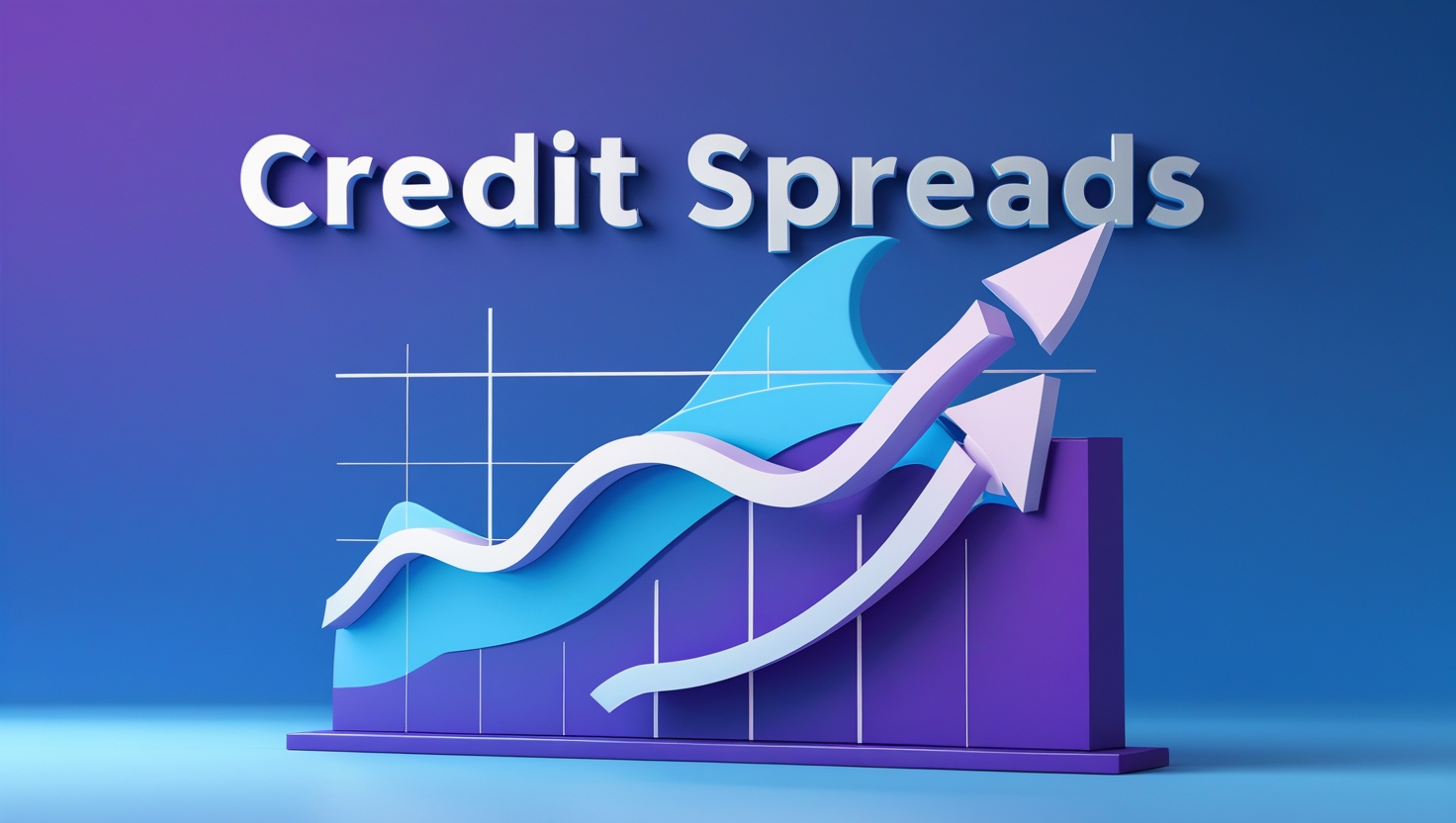Introduction
Options trading offers numerous strategies to generate income, but one of the most effective and low-risk approaches is the credit spread. This strategy allows traders to collect premium while controlling risk with a defined maximum loss. If you’re looking to generate consistent income with limited downside, credit spreads might be the perfect fit. Let’s dive into how they work and how you can use them to grow your portfolio.
1. What Are Credit Spreads?
A credit spread is an options strategy that involves selling one option and buying another option with the same expiration date but at a different strike price. This results in a net credit, which is the maximum profit you can earn on the trade.
Types of Credit Spreads:
- Bull Put Spread – Used when you expect the stock to rise or stay neutral.
- Bear Call Spread – Used when you expect the stock to drop or stay neutral.
💡 Think of it like an insurance company collecting premiums—you get paid upfront and hope the policy never gets used!
2. How Credit Spreads Work (Step-by-Step Guide)
Step 1: Choose a Stock or Index
Look for stable stocks or indexes like SPY, QQQ, AAPL, or others with high liquidity.
Step 2: Select an Expiration Date
Choose weekly or monthly expirations based on your strategy and risk tolerance.
Step 3: Sell & Buy Options to Form a Spread
- Sell an option at one strike price.
- Buy another option at a further out-of-the-money strike price to limit risk.
- The net credit received is your maximum potential profit.
Step 4: Let Time Decay Work for You
Time decay (theta) benefits credit spreads, as the options lose value over time, increasing your chances of keeping the premium.
Step 5: Manage the Trade
- Let it expire worthless to keep full profits.
- Close early if 50-75% of profits are achieved to reduce risk.
- Roll to a new spread if needed.
3. Example Trade: Bull Put Spread on SPY
📈 Scenario: SPY is trading at $500.
- Sell a $495 put for $3.00 premium.
- Buy a $490 put for $1.50 premium.
- Net credit received: $1.50 per contract ($150 for 1 contract).
- Max risk: $5 spread width – $1.50 credit = $3.50 per contract ($350 max loss per trade).
- Profit if SPY stays above $495 by expiration.
4. Why Use Credit Spreads? (Pros & Cons)
✅ Advantages:
- Limited risk with a defined profit/loss.
- Requires less capital than naked options.
- Generates consistent weekly/monthly income.
- Works well in sideways or slow-moving markets.
⚠️ Disadvantages:
- Profit is capped at the collected premium.
- Requires understanding of probabilities and risk management.
- Must manage positions to avoid max losses.
5. Risk Management & Best Practices
🔹 Risk only 1-2% of your portfolio per trade.
🔹 Exit early when 50-75% of profits are secured.
🔹 Avoid trading during earnings reports, FOMC meetings, or major news events.
🔹 Use high-probability setups (70%+ chance of expiring worthless).
6. Scaling to a 6-Figure Portfolio with Credit Spreads
- Start small ($500-$1,000 per trade).
- Reinvest profits for compounding growth.
- Diversify spreads across multiple stocks/indexes.
- Use portfolio margin for higher leverage as your account grows.
📊 Example Growth Plan: If you make $1,000 per month from spreads and reinvest consistently, you could grow a $10,000 account to $100,000+ within a few years.
Conclusion: Is This Strategy Right for You?
Credit spreads are one of the best ways to generate passive income while keeping risk under control. By following strict risk management rules and refining your strategy, you can build a steady, profitable options trading portfolio.
🔔 Want to learn more? Subscribe to Shai Enterprise for more options trading strategies! 🚀


